The term pre-Columbian refers to different American Civilizations before significant European influence (referring to the era before Christopher Columbus).
What are the most important pre-Columbian civilizations?
- Maya civilization
The period between 250 C.E. and 650 C.E. was a period of intense flowering of the achievements of the Maya civilization. The many Maya city-states exerted enormous intellectual influence on Mexico and Central America, although they never achieved political unity in the order of central Mexican civilizations. The Maya made innovations in mathematics, astronomy, and calendrics, and built some of the most elaborate cities on the continent. Using pictograms and syllabic elements in the form of texts and unwritten codices on stone, pottery, wood, or bark paper book, they developed the only true written system originating in the Americas.

Image source: https://search.creativecommons.org/photos/1e5f4596-12de-4274-a480-026ce24f4ece by Turinboy
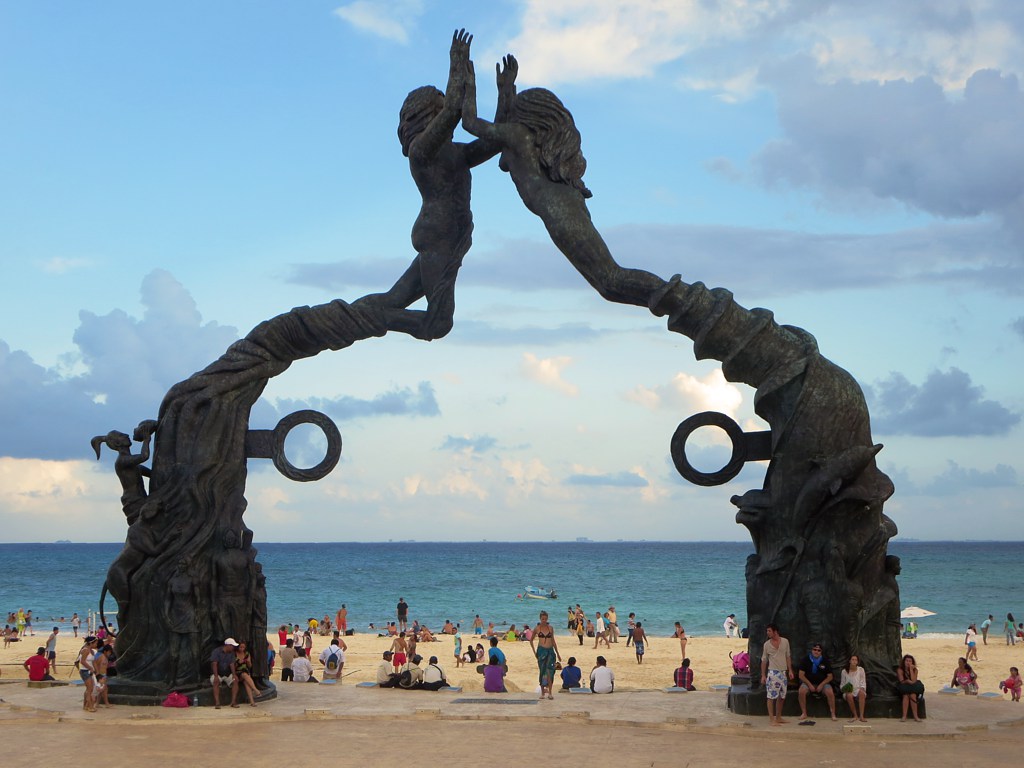
Image source: https://search.creativecommons.org/photos/92e65ec7-1472-43c8-815e-2d324fab3e0d by D-Stanley
- Aztec civilization
The Aztecs were the rulers of much of central Mexico by about 1400, having subjugated most of the other regional states by the 1470s. At their peak, 300,000 Mexica presided over a wealthy tribute empire comprising about 10 million people (almost half of Mexico’s 24 million people). The modern name “Mexico” comes from their name.
Their capital, Tenochtitlan, is the site of modern-day Mexico City. At its peak, it was one of the largest cities in the world, with population estimates of 300,000. The market established there was the largest ever seen by the conquistadors when they arrived.
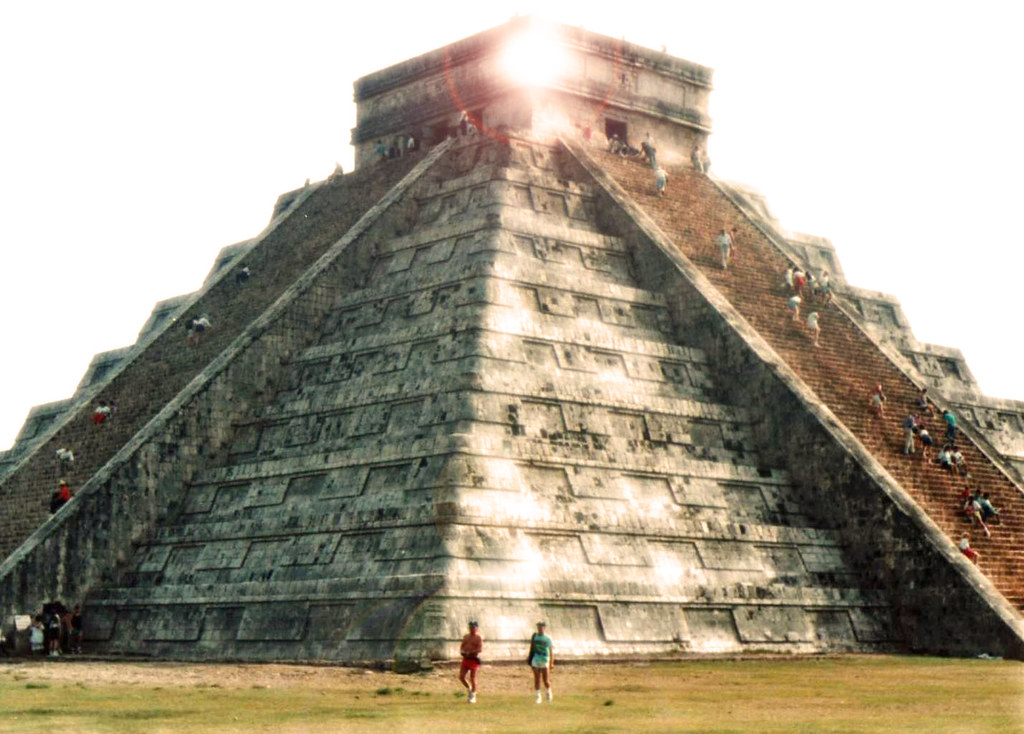
Image source: https://search.creativecommons.org/photos/6dc5c497-c6a3-404f-8260-9aff2bfdeccd by Ted Van Pelt
- Inca civilization
Holding their capital at the great cougar-shaped city of Cusco, the Inca civilization dominated the Andes region from 1438 to 1533. Known as Tawantin suyu, or “the land of the four regions,” in Quechua, the Inca civilization was highly distinct and developed. Inca rule extended to nearly a hundred linguistic or ethnic communities, some 9 to 14 million people connected by a 25,000-kilometer road system. Cities were built with precise, unmatched stonework, constructed over many levels of mountain terrain. A useful form of agriculture was terrace farming. In Inca civilization, there is evidence of excellent metalwork and successful brain surgery.

Image source: https://search.creativecommons.org/photos/6c02f704-8fe5-4d0b-9502-b9d0069fe1f6 by Miradas.com.br
What is the most important architectural work of Precolumbian civilization?
Despite the reputation of the Great Pyramids of Egypt in Giza, the Americas actually contain more pyramid structures than the rest of the planet. Civilizations such as the Olmec, Maya, Aztec, and Inca built pyramids to house their deities and to bury their kings. The temple-pyramids, in many of their great city-states, were the center of public life and the site of sacred rituals, including human sacrifices.
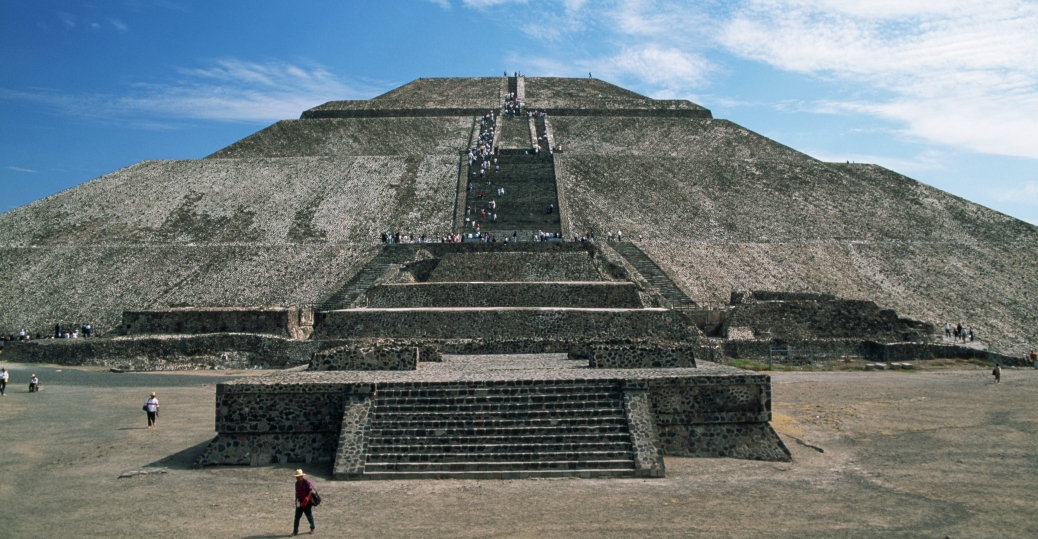
Image source:https://search.creativecommons.org/photos/971c051d-9749-4d24-9561-67a28375dfde by archer10 (Dennis)
The most famous single pyramid in Latin America is the Pyramid of the Sun in Teotihuacán, Mexico. The Teotihuacán built the Pyramids of the Sun and of the Moon between A.D. 1 and 250. Each pyramid was built around a core of rubble held in place by retaining walls, then lined with adobe bricks, and covered with limestone. The base of the Pyramid of the Sun measures 730 feet per side, including five stepped terraces that are approximately 200 feet tall, rivaling the size of the Great Pyramid of Khufu in Giza. Inside the current pyramid is another earlier pyramid structure, the Moon pyramid, built on a smaller scale.
El Dorado
The craving for gold embraces all eras, races, and nationalities, and owning a quantity of it leads to a desire to want more, which is why the colonization of Mesoamerica took place.
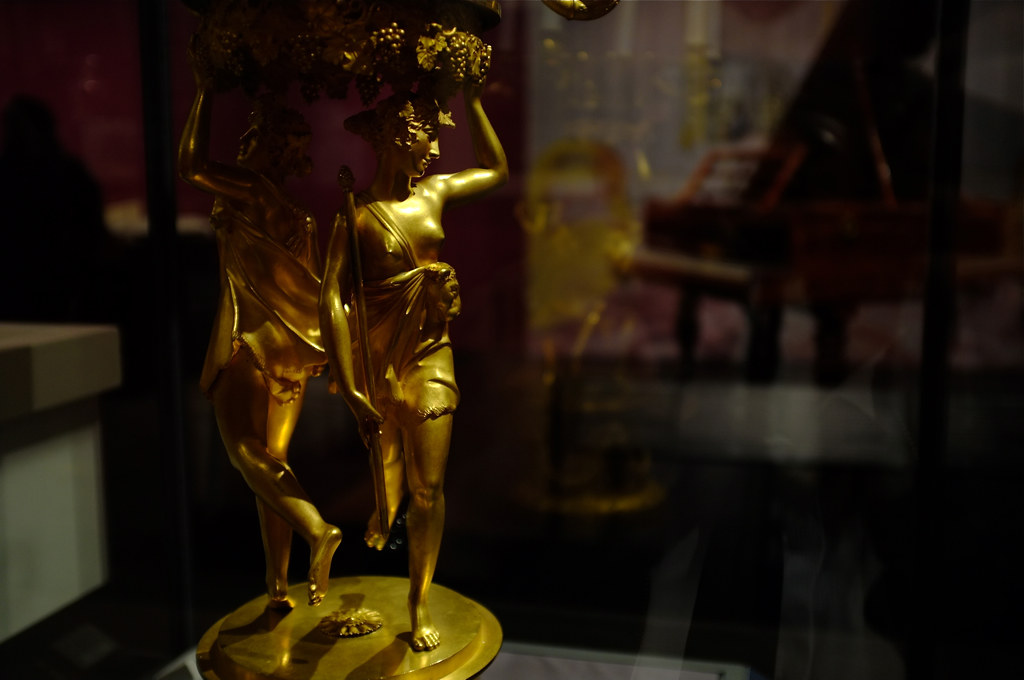
Image source: https://search.creativecommons.org/photos/ae04049f-cf2a-4ea3-a31e-a2b94ab5efb2 by heyjohngreen
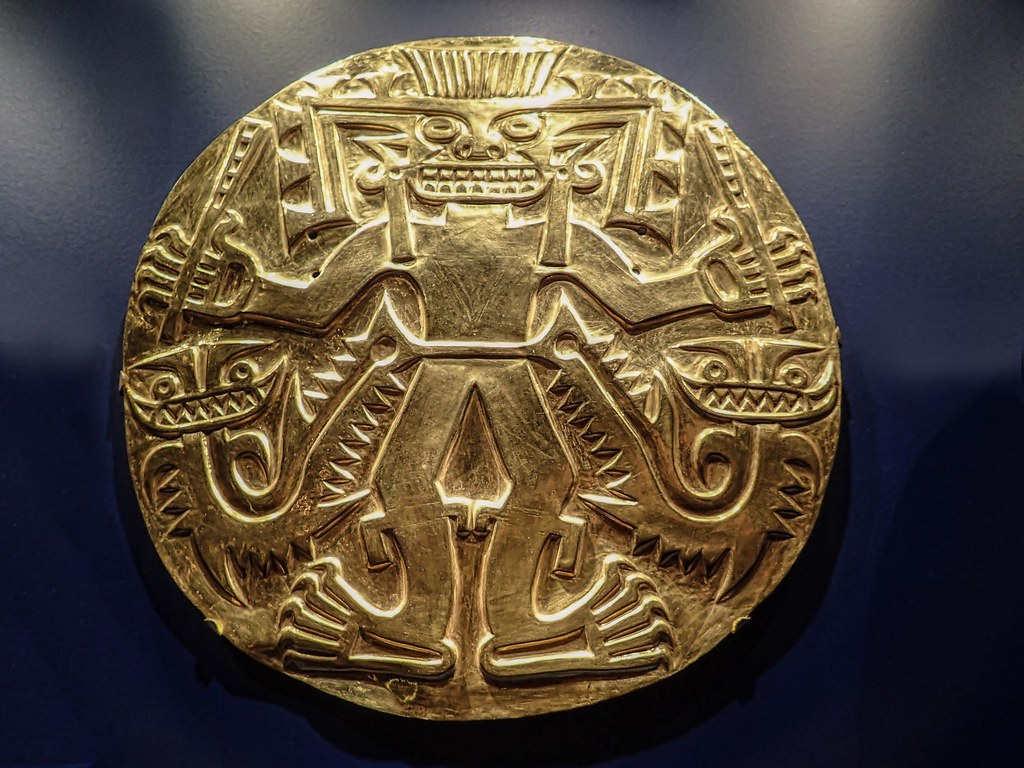
Image source: https://search.creativecommons.org/photos/384d9d6f-fd5e-414f-af72-437ba9e23c31 by mharrsch
Over the centuries, this passion has given rise to the tale of a golden city. In the 16th and 17th centuries, Europeans believed that in the New World there was an unknown place of immense wealth known as El Dorado. Research of this kind has wasted countless lives.
El Dorado’s origins lie deep in South America and his account contains some fragments of truth. When Spanish explorers reached South America in the early 16th century, they heard stories about a tribe of natives high in the Andes mountains in what is now Colombia. When a new leader came to power, there was a ceremony at Lake Guatavita, to indicate that his rule was beginning. Accounts of the ceremony say that the new ruler was covered in gold dust and that gold and jewels were thrown into the lake to appease an underwater god. The Spaniards instead of El Dorado found Lake Guatavita and in 1545 tried to drain it. They lowered its level enough to find hundreds of gold coins but the alleged treasure in the deeper waters was not within their reach.
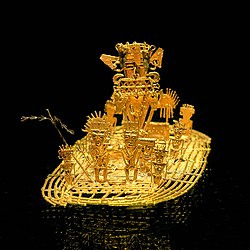
Image source: https://en.wikipedia.org/wiki/El_Dorado
What did the ancient Maya wear?
The ancient Maya are famous for their exotic, vibrant, appearances and for practicing unusual body modifications. They used the materials available in their tropical environments to make colorful fabrics and ornaments. They have produced a wide range of dresses for different occasions, for large public events; dance costumes; protective armor for conflicts; sportswear; and clothing for everyday situations.

Image source: https://en.wikipedia.org/wiki/Maya_civilization#/media/File:Cancuenpanel3.jpg
Archaeologists often recover pieces of jewelry such as earrings, necklaces, and rings made from durable material such as shells, bones, precious stones, and even metal. Additionally, body modifications such as elongated heads and shaped and decorated teeth are recovered from ancient Maya burials. Unfortunately, archaeologists rarely find evidence of textiles or attire made from perishable materials because the hot, humid, environment of the Maya region causes them to disintegrate. Fortunately, information on clothing that has not survived in the archaeological record can be seen through a wide range of Mayan art including murals, pottery, sculptures, figurines, and books. These images show many elite Maya individuals, while there is little information regarding the clothing of the lower classes.
Info source:
http://www.mexicolore.co.uk/maya/teachers/what-did-the-ancient-maya-wear
http://www.newworldencyclopedia.org/entry/Pre-Columbian_Civilization#Aztec.2FMexica_civilization
http://www.history.com/topics/ancient-history/pyramids-in-latin-america
http://www.nationalgeographic.com/archaeology-and-history/archaeology/el-dorado/
http://the-maya.eu/MayanCivilization/mayan-civilization-pyramids
